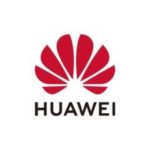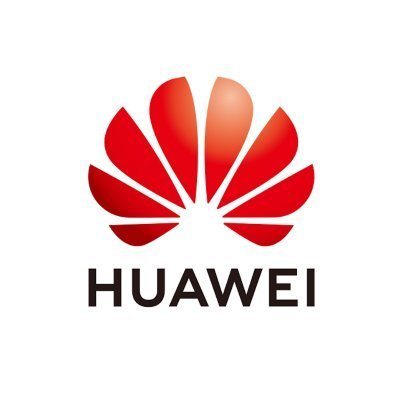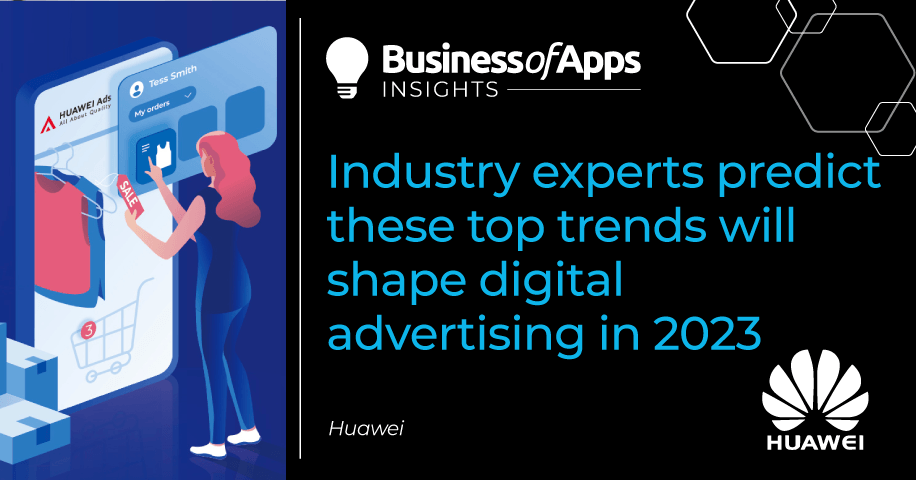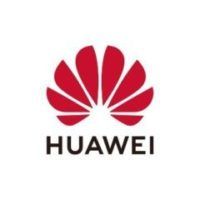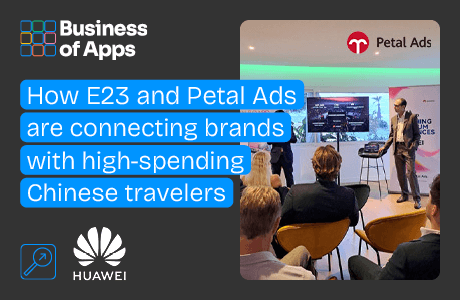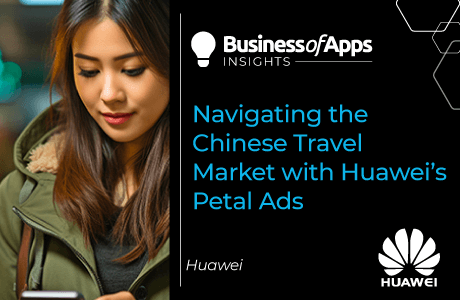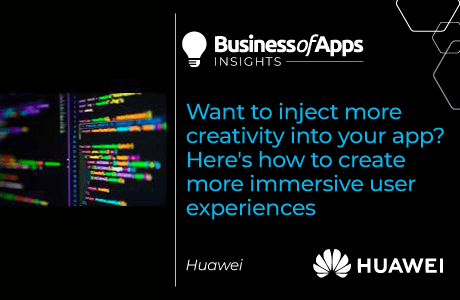The digital advertising sector, like virtually every other industry in Europe currently, is experiencing vast changes. From the deprecation of third-party cookies by some major browsers to the changes in consumer behaviour that characterize our post-pandemic world, advertisers and brands are being forced to adopt an agile, adaptable approach to reach their audiences.
At the recent Virtual Programmatic Day event hosted by the Interactive Advertising Bureau (IAB) Europe, a panel of experts in programmatic advertising, including the head of Petal Ads (formerly HUAWEI Ads) Business Development, discussed the past year, and shared their thoughts on the shape that they believe digital advertising will take in 2023.
All agreed that 2022 had been a rollercoaster. Starting with optimism as workplaces re-opened, the preoccupation of advertisers then was about reaching consumers once again in an office environment. What became clear very quickly, however, was that the hybrid approach was here to stay and instead of reverting to using one or two devices, consumers could be found on multiple devices and in multiple places.
“Users now are spread within smart scenarios not just on different devices but across multiple channels, too,” said a panellist from Petal Ads (formerly HUAWEI Ads). “The user churn rate of a single platform is too high, and we know that users are more likely to buy a product if they have been impacted on several channels. At Huawei, we have adapted our offer to incorporate personalized ads not just on laptops or tablets but on smartwatches or audio devices, and within news feeds or on the Assistant or Search pages for example. This allows advertisers to reach users in micro-moments and reinforce their engagement during their daily digital life.”
Trends in measurement and personalization
The IAB panel acknowledged that the challenges of ‘cookie-less environments’ together with the current economic climate had caused advertisers uncertainty. What emerged over the past year, however, was a greater focus on measurement and metrics, a trend they see extending into 2023. While one expert felt that there was no longer a single view of the customer, all agreed that the way forward for brands was relevant, contextual ads that would automatically be more personalized.
Following a year of change, the panel felt there was more to come in the year ahead, but that brands were better prepared. One panel member pointed out that because of economic and technology flux brands had developed an appetite for a more holistic approach.
“We must move away from the notion of third-party data and get used to working with consent platforms that instead give us user-aggregated data and offer more holistic options to advertisers and brands,” the head of Petal Ads (formerly HUAWEI Ads) commented.
An example of this is the Petal Ads (formerly HUAWEI Ads) platform. It is now one of the main drivers of advertising client growth and will become more relevant to brands and advertisers in 2023. It is powered by both third-party and first-party data that supports three forms of advertising (AppGallery, Display and Search Ads) and covers the entire Huawei user funnel.
Huawei has increased the number of advertisers it is working with by nine times in the past two years because of the platform’s ability to deliver innovative ad experiences. The Huawei panellist said: “Users demand new experiences on the devices they are using every day in their digital lives, and this affects how advertising is received. We can offer image recognition that enables real-time item search and shopping; we use augmented and virtual reality together with Internet of Things hardware to devise new ways to display ads; and we even provide voice recognition and smart translations to improve online shopping experiences.”
CTV Growth Guide: A must-read for performance marketers
Whether you’re looking to boost brand awareness or drive user acquisition, this guide has you covered. Learn how to leverage CTV for both brand awareness and performance-driven campaigns and get actionable insights to optimize your strategies.
Download nowSustainability will drive change
In the new year, Huawei advertising partners will benefit from the company’s ability to retain users through deep, multi-touchpoint interactions across all smart devices and localization services, but the company recognizes that sustainability, which was an area highlighted by the IAB panel, also matters greatly to its advertising partners.
Huawei believes technology can contribute to a better, more sustainable world. We are facing changes on the supplier side (traffic side) to technologies such as header bidding, which reduces latency and improves the efficiency of platforms, websites, and apps. 5G will also improve data exchange and latency which again will improve sustainability. Moving forward, 5G will become essential to the value proposition and the sustainability credentials of any digital advertising platform.
Sustainability emerged as one of the priorities in an IAB poll which took place among the organization’s members following the panel session. When asked what the main priority for the programmatic industry would be in 2023, the option ‘solutions for third-party cookies’ was selected by 29% of the audience and ‘emerging channels’ by 20% but ‘sustainability’ was the choice for 13% of those that voted.
How to move the needle in 2023
As the IAB panel discussion found, there are many challenges for advertisers and brands when it comes to reaching and engaging with customers. Selling services and products online means competing not just with other brands in their own domestic markets, but internationally too, and this has had an impact on the user acquisition cost. The preference for using multiple devices and channels is creating churn, which introduces problems with increasing user retention, and it is harder than ever to create long-term, successful partnerships.
For Huawei, these challenges are seen as an opportunity for innovation. The company is present in more than 170 countries, and it has efficient ways to reach users, particularly in Europe. Petal Ads (formerly HUAWEI Ads) not only serves multiple devices and multiple channels as explained above, but it incorporates Huawei’s app store, AppGallery and the display network, plus Huawei’s own search engine Petal Search. By using the vast ecosystem behind the Petal Ads (formerly HUAWEI Ads) platform and the support packages that Huawei puts in place, advertisers are reducing the loss of users by 10%.
By aggregating data from all the traffic that Huawei generates through its platform, devices, and IoT-connected ecosystem, Petal Ads (formerly HUAWEI Ads) is set up to deliver huge efficiencies and lower the cost of media buying for advertising partners in the year ahead. This is why from its launch outside China in 2020 more than 2000 advertisers in more than 200 different industries have joined the platform which has also attracted 360,000 publishers.
Huawei set out to differentiate the Petal Ads (formerly HUAWEI Ads) platform from others and the results it is achieving for advertisers speak volumes. In an uncertain world with economic challenges ahead in 2023, it looks set to be the partner of choice for advertisers and brands who want to reach a mass audience on whatever device they are using with the most relevant and personalized ad experience.

